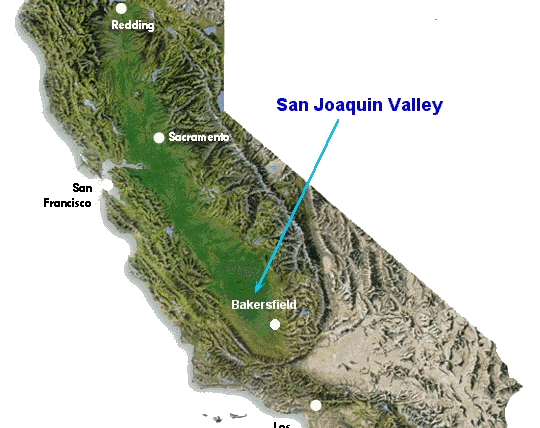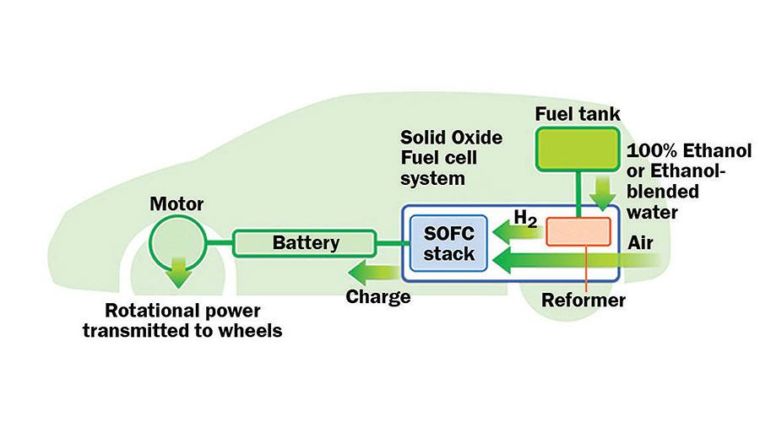The following is the 9th of the articles l am sending documenting that the transition from fossil fuels to a green energy economy is not some vague future pipe dream but is happening NOW. Personally coming from a career in the automotive business I am labeling these article as “Buckle Up” because the road ahead is changing fast. It could be bumpy but it will also be exciting. So, buckle up!
*******************************************
Three reasons I hear most from folks skeptical about moving beyond fossil fuels to primarily wind and solar are:
1. The cost of the electricity is too high and will retard businesses and be a burden on consumers and thus damage our economy.
2. It is not reliable 24/7/365.
3. It is not scalable… The concern is that we cannot develop enough of it to make a difference or replace fossil fuels.
Well here are four different items that show how quickly all three of these concerns are already becoming obsolete…along with fossil fuel energy.
And, I was recently in a discussion about how we are losing all of our manufacturing to China because our energy costs were too high. Well, that argument is becoming really dated also.
Cheapest solar ever?
Austin Energy in Texas is going to be paying 5 cents per kilowatt-hour for carbon-free electricity from the Sun, which will likely result in lower customer rates. This is one of the lowest, if not the lowest, example of solar rates yet! The 5-cent price falls below Austin Energy’s estimates for natural gas at 7 cents, coal at 10 cents and nuclear at 13 cents.
*************************************************************************************************************************************
Energy efficiency retrofits carried out in 16 cities across 8 Southeast US states from 2010-2013 created a 387% return on investment (ROI), according to a recent report from the Southeast Energy Efficiency Alliance (SEEA).
*************************************************************************************************************************************

Xcel Energy and Community Energy Builder of Boulder, Colorado announced plans on Tuesday to build the state’s largest solar farm, and the largest east of the Rockies. The plant will cover 900 acres and will have more than 450,000 small solar panels. The electricity generated will be equal to amount used by 31,000 homes. Learn more here.
****************************************************************************************************************************************
Solar power may be a ‘game changer,’ but utilities want to help set the rules
Daniel Cusick, E&E reporter
Published: Thursday, March 13, 2014
The California generation records — 3,926 MW on Friday, followed by 4,093 MW on Saturday — was roughly double the previous peak solar generation day, June 7, 2013, when the state produced 2,071 MW, according to the California Independent System Operator.
“This shows that California is making remarkable progress in not only getting new resources approved and connected to the grid, but making meaningful contributions in keeping the lights on as well,” Steve Berberich, the California ISO’s president and chief executive officer, said in a statement announcing the generation records. “The milestones illustrate that we are well into a new era when clean, renewable energy is shouldering its share of our electricity needs — and that is exciting.”
Cheaper power for Austin
Meanwhile, in Austin, Texas, the city-owned electric utility announced it had reached an agreement with SunEdison to buy solar power from two large West Texas solar farms for just under 5 cents per kilowatt-hour under a 25-year power purchase agreement. The price, which factors for a 3-cent-per-kWh federal tax credit, makes solar energy cost-competitive with natural gas, according to the utility, and could result in lower rates for Austin Energy’s roughly 1 million customers.

Students celebrate the installation of a 31-kilowatt solar array at a charter high school in Reno, Nev. Photo courtesy of Black Rock Solar.
“At this price it’s a game changer, not just for Austin Energy, but for the future of electricity generation in Texas,” Tom “Smitty” Smith, head of the Texas chapter of the nonprofit group Public Citizen, told the Austin American-Statesman.
Solar power’s game-changing potential was also being discussed in St. Paul, Minn., where stakeholders are closely following the development of a state program to promote “distributed generation” systems where owners of solar panels can sell electricity back to regional utilities.
The Minnesota Public Utilities Commission heard more than five hours of testimony from stakeholders involved in the development of the state’s proposed “value-of-solar” tariff. The tariff, an alternative to net metering, would establish a price that utilities could pay to owners of private solar systems who sell electricity back to the grid (EnergyWire, March 11).
The value-of-solar tariff concept has been explored in a few other places, including Austin, where a tariff has been in place since 2012. But Minnesota is the first state to try to apply the concept across all utilities operating in a state.
‘Social cost of carbon’ debated in Minn.
A tariff methodology developed by the Minnesota Department of Commerce under legislative order has drawn heavy scrutiny from the state’s largest power suppliers, including Minneapolis-based Xcel Energy and other regional utilities like Minnesota Power and Otter Tail Power.
One critical sticking point for utilities and some Minnesota utility commissioners involves how the tariff program would account for environmental benefits of solar, including the avoided costs of carbon and other environmental “externalities” associated with conventional forms of power generation.
Stakeholders also disagree over whether Minnesota’s solar tariff should rely on a federally designed “social cost of carbon” calculation or whether Minnesota should devise its own standard for such costs.
The social cost of carbon metric, developed in 2010 by an Obama administration interagency work group and updated last year by the Office of Management and Budget, has been adopted by U.S. EPA as a primary way of estimating economic damage that occurs with increased carbon emissions.
“We feel like the social cost of carbon raises a whole lot of issues,” Christopher Clark, Xcel Energy’s regional vice president for rates and regulatory affairs, told the Minnesota commissioners. “It’s great that the OMB is doing work on it, but we think there’s a lot of Minnesota work to be done on it.”



